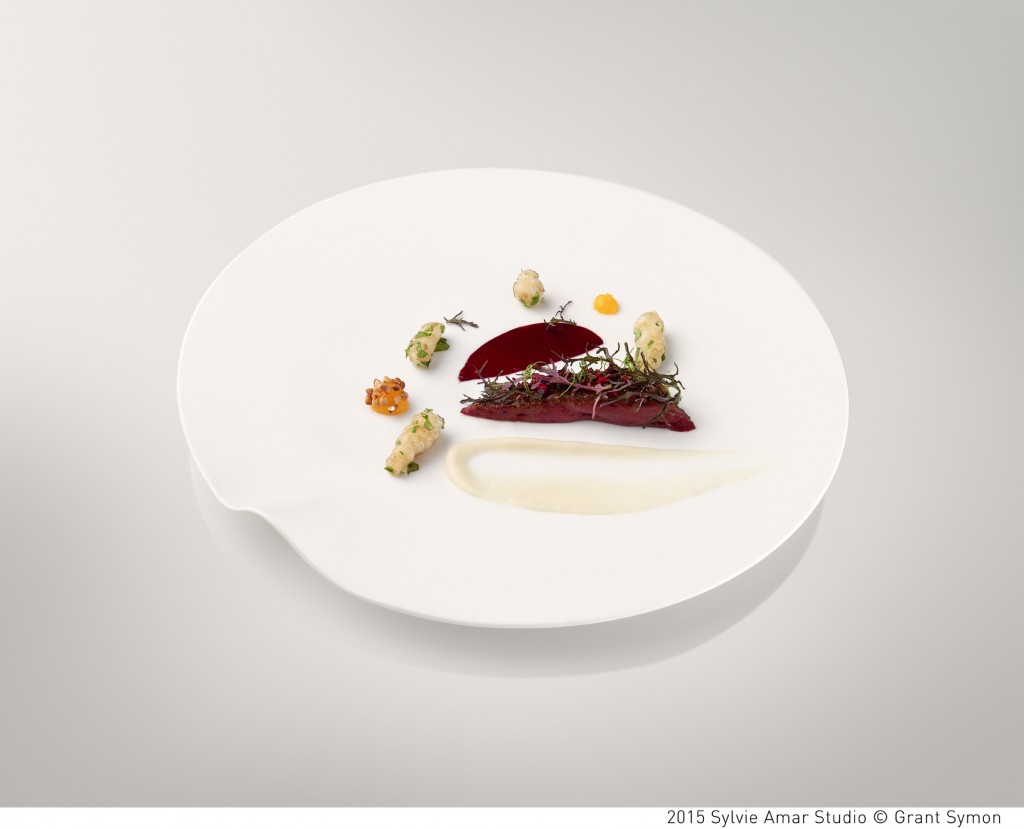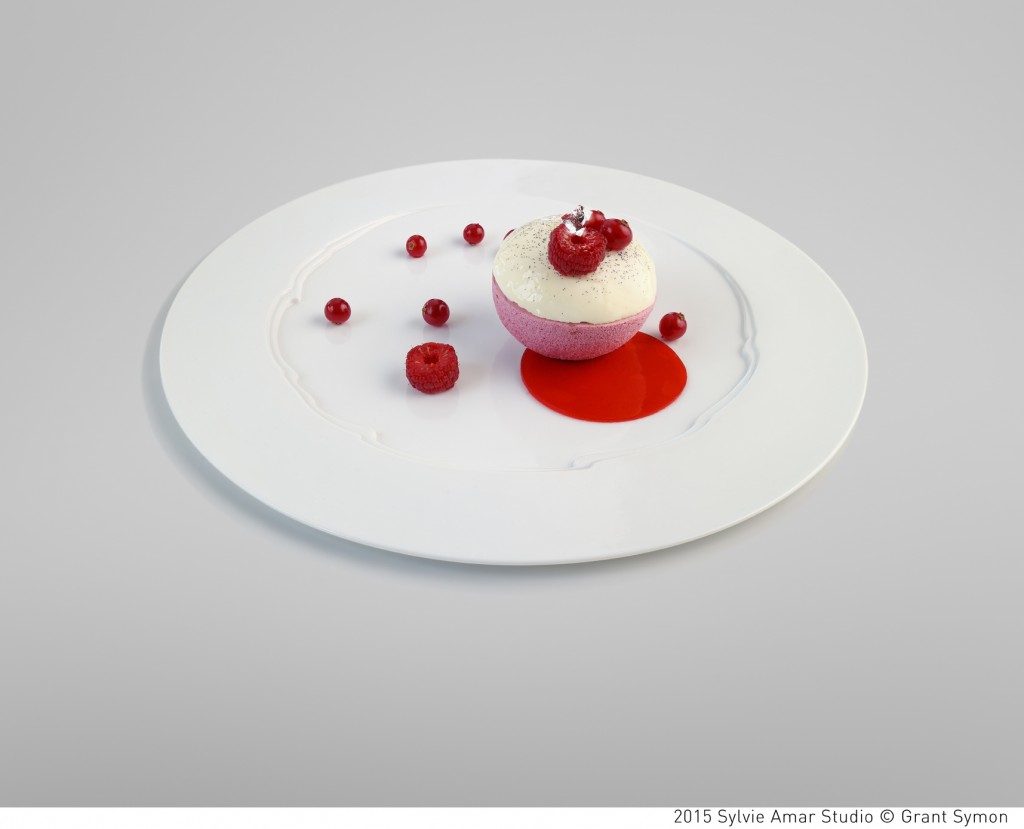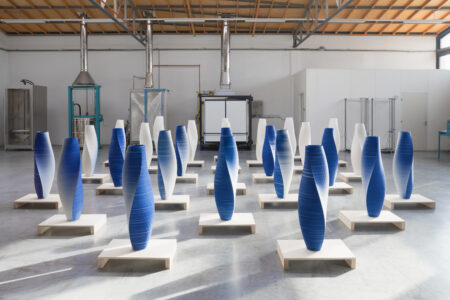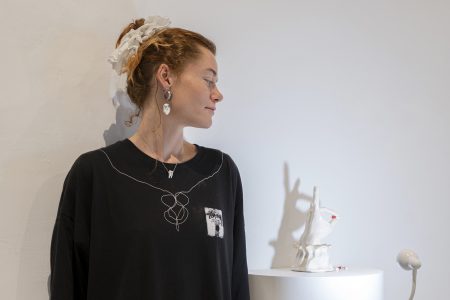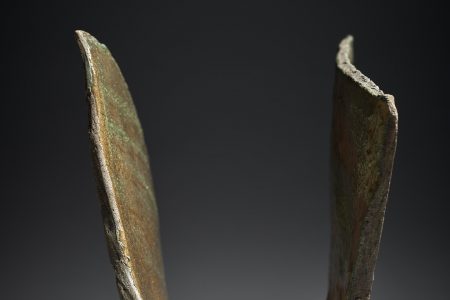When Arita porcelain influences the work of Sylvie Amar at Sirha 2015.
At this years Sirha 2015 – the 17th edition of the International Exhibition of Restoration, Hotel & Food – many designers presented their latest collections and creations. Among them, Sylvie Amar, has spent the past 10 year establishing herself as a strong player in gastronomy design. For this occasion, she debuted her new collection Sensitive – 10 plates inspired by the Japanese landscapes that surround the Arita porcelain production plant. Sylvie Amar tends to push material to its technical limits to express culinary emotions. For these creations, she consulted pastry chefs and cooks as the Sensitive collection is destined for luxury hotels and restaurants.
“Acquiring Arita is not an easy task; it’s a luxury for the senses. In Japan, it is said that the material of the container also conveys the philosophy of the man who has shapes gourmet tastes on the plate.” – Sylvie Amar
It is important to talk about the Arita porcelain – the most famous & the oldest Japanese porcelain. The particularity of this porcelain is mainly the handmade – by the expert hands of artisans – and the techniques of design and production. With this, Arita porcelain continues to be the number one in Japan and is part of traditional crafts of this country. Arita always tries to improve with combining craft and design to best meet the needs of modern life. The result is a style that is both simple and contemporary, illustrating the excellence of Japanese craft skills. The history of Arita porcelain has around 400 years. Lee discovered in 1616 Sanpei porcelain stone in the eponymous region in Kyushu, and began the production of raw parts. After wood, the Arita porcelain was exported by the Dutch West India Company (Dutch West India Company) and known as Imari. Among the customers of Imari, the most famous was King Frederick Augustus I of Saxony. He admired so these pieces he attributed them a much higher value to gold, and ordered Friedrich Bottger to produce in Germany. He succeeded after a multitude of tests, which gave birth to the Manufacture of Meissen. This time the Arita porcelain are exhibited in museums such as the British Museum, the Louvre and the Château de Versailles. Now, it is part of the art of the table of the greatest palaces and starred restaurants.
To return to Sirha, the Saga Prefecture – birthplace of this porcelain – was present at Sirha 2015 in Lyon because there were a selection of pieces made specifically for this event by 8 workshops and presented in 6 trends at the dawn of the 400 years of Arita.
With this video from Sirha 2013, it is more evident to understand how big is the event.

